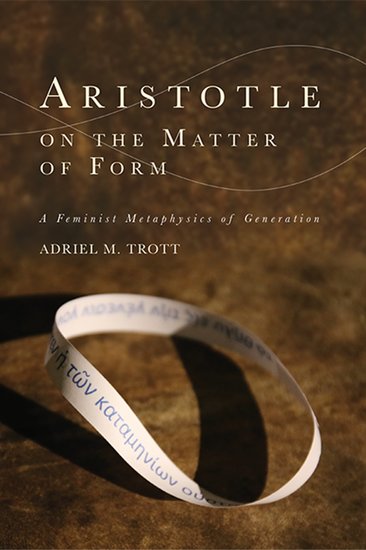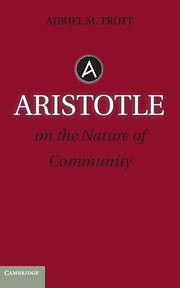The Trott Line

A trot line is a fishing line that is set up across an span of water with a staging area every few feet from which you drop a line. On the end of each staging line is a hook that you tie your bait to during the day, let the sun go down, and come back in the morning to see what’s been caught. Some call it lazy.
I like this idea of fishing, of just letting the fish come to you when they’re ready. Lazy? Maybe, but it takes patience, and too, attentiveness. There’s something about the way the trot line gathers the things of the water without prejudice: your trot line could catch old rope, plastic bags and snakes as likely as fish. Thinking is kind of like this: ideas come by and get caught on your staging. Some of them are worth keeping, some of them you throw back, some of them are a cause for celebration, some of them you’d rather never have seen, some of them don’t mean that much to you, but someone else is glad you caught it. This blog is my trot line. On this website, you can see links to my current research — I’m a philosophy professor who works on ancient Greek, contemporary European and political philosophy — to my teaching — I teach at Wabash College — and to my digital vita. I’ll post regularly about the things I’m thinking about, the things I’m seeing, the things I’m learning, the races I’m running, the conferences I’m attending, the places I’m going and the things that just get stuck on my trot line and I can’t seem to let go. I think it’s this last thing that will probably take up the most space since, you know, philosophy begins with wonder.
There’s been a lot of talk lately about making philosophy public and I expect this blog will be a part of that. Philosophy is not just public because you do it in public and you claim that it matters to the public, though it is that. Philosophy is also public because you put philosophical thinking to work on public issues. So I’ll be doing that too.
The Trott Line and Its Mahogany Feed
I had another blog for awhile that I called “Mahogany Feed” after a poem by Annie Dillard that begins with an epigraph from Borges:
Chesterton tells us that if someone wished to feed exclusively on mahogany, poetry would not be able to express this. Instead, if a man happens to love and not be loved in return, or if he mourns the absence or loss of someone, then poetry is able to express these feelings precisely because they are commonplace.
Dillard goes on to write a poem on a man who wishes to feed on mahogany. In the second stanza, Dillard writes:
That there should be mahogany, real, in the world,
instead of no mahogany, rings in his mind
like a gong…
I loved that line: the wonder at the existence of mahogany, the double sense of rings as rings of trees and rings of a gong, the sense that the pressure of wonder and recognition builds in the head like a gong. Besides her performative rejection of Chesterton, Dillard makes us see how really common and shared the peculiar can be. I first read this poem as a teenager and I had that common feeling that every teenager has that my feelings and ideas were unique to me and no one else thought or felt like this. Dillard suggests that it is a common feeling to have a strange desire and thus that poetry can be written about it. Considering the way in which the strange is held in common and the common is indeed strange is, I think, a shared task of philosophy and poetry.
So look for me to catch some mahogany on The Trott Line.




